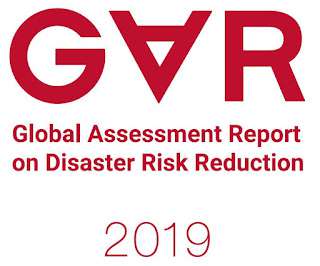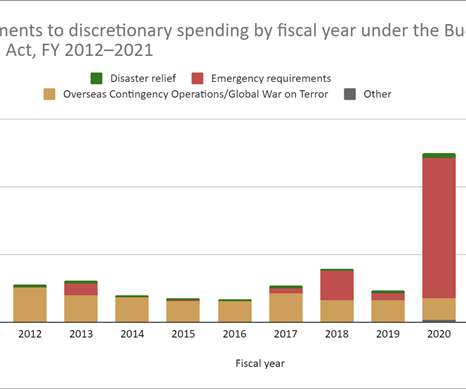The 2019 Global Assessment Report (GAR)
Emergency Planning
MAY 30, 2019
The United Nations International Strategy for Disaster Reduction was born out of the International Decade for Natural Disaster Reduction, 1990-2000. It could be argued that political decision making is the greatest barrier of all to successful disaster risk reduction. The GAR notes that "we all live in communities".















Let's personalize your content